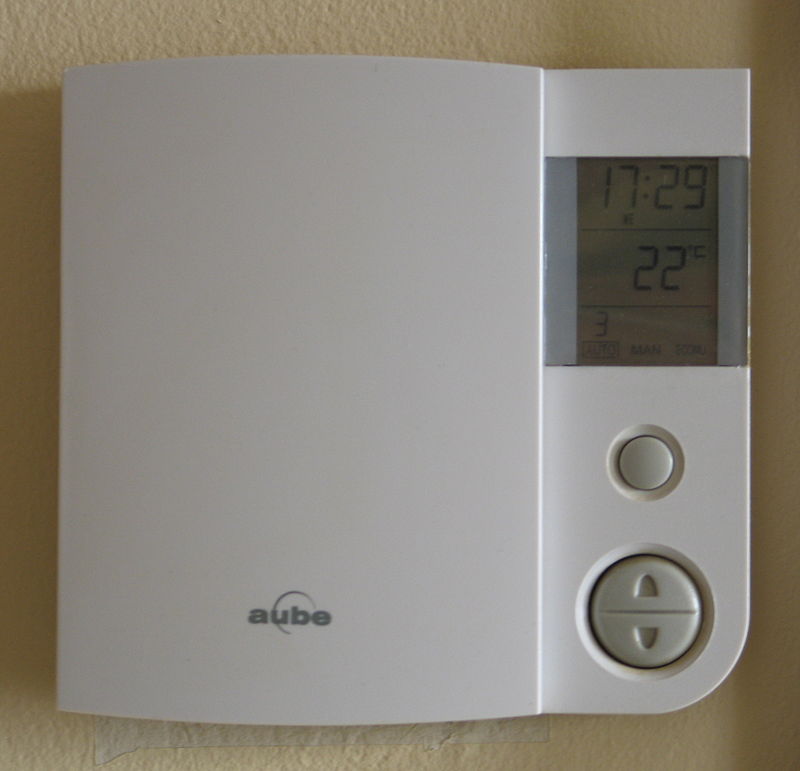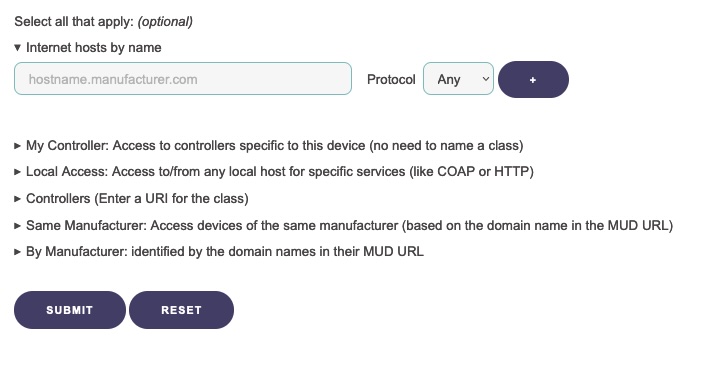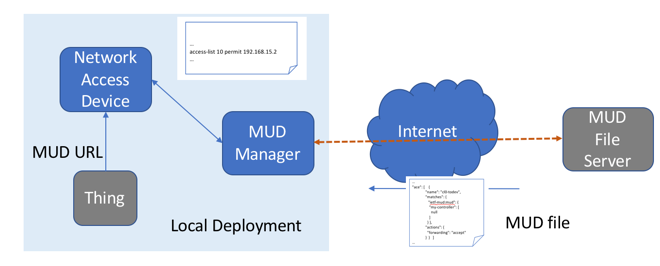

Building your MUD file
Each MUD file contains access control lists that use various classes. When you click on the carot next to the class in MUD maker, additional information will appear below that you can then fill out. Just choose which classes are appropriate for your devices. If you need more entries per class, hit the + button at the top of each class.


Pointing to the MUD file with a URL
Once you've developed your MUD file, plop it on a server somewhere. Then have your device announce a URL pointing to that file. This can be done with LLDP, DHCP, or in a certificate.

Trying it out with a MUD Manager
Once you have created a MUD file and a MUD URL, you can test it out. Here are a few MUD managers to try:- osmud.org consumer open source with OpenWRT.
- NIST MUD
Manager based on OpenFlow
- Cisco Radius-based proof of concept
- CIRA Labs IoT Home Gateway
